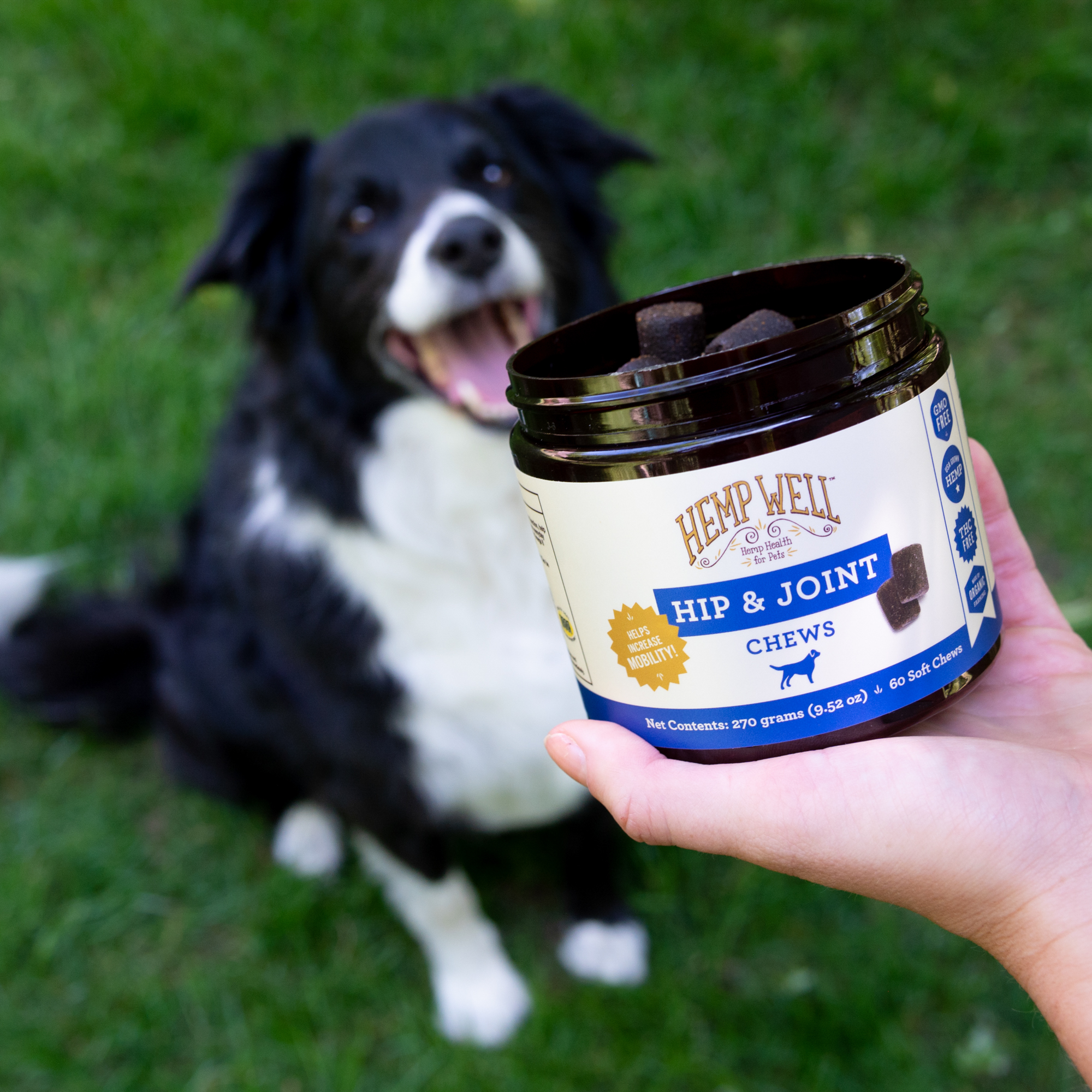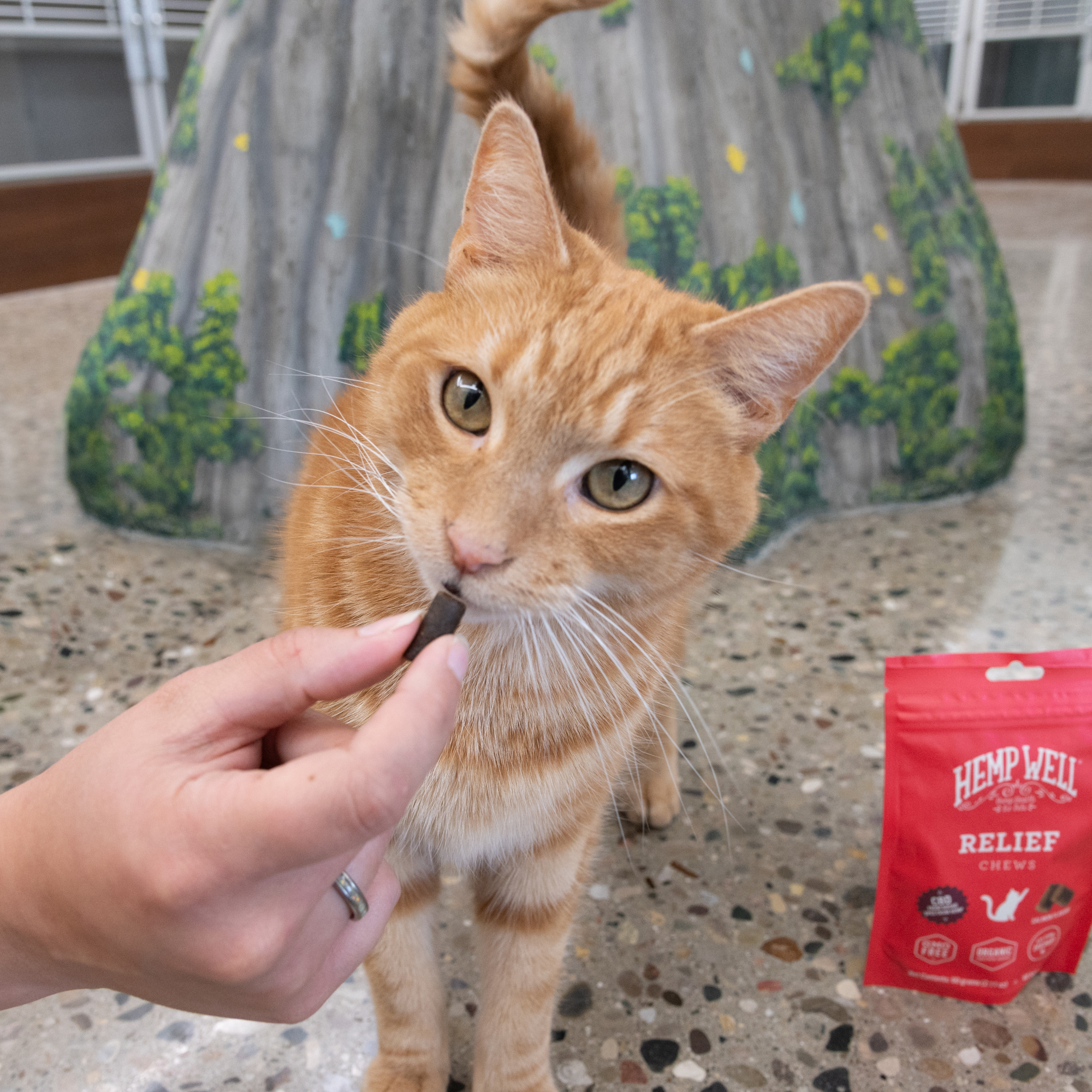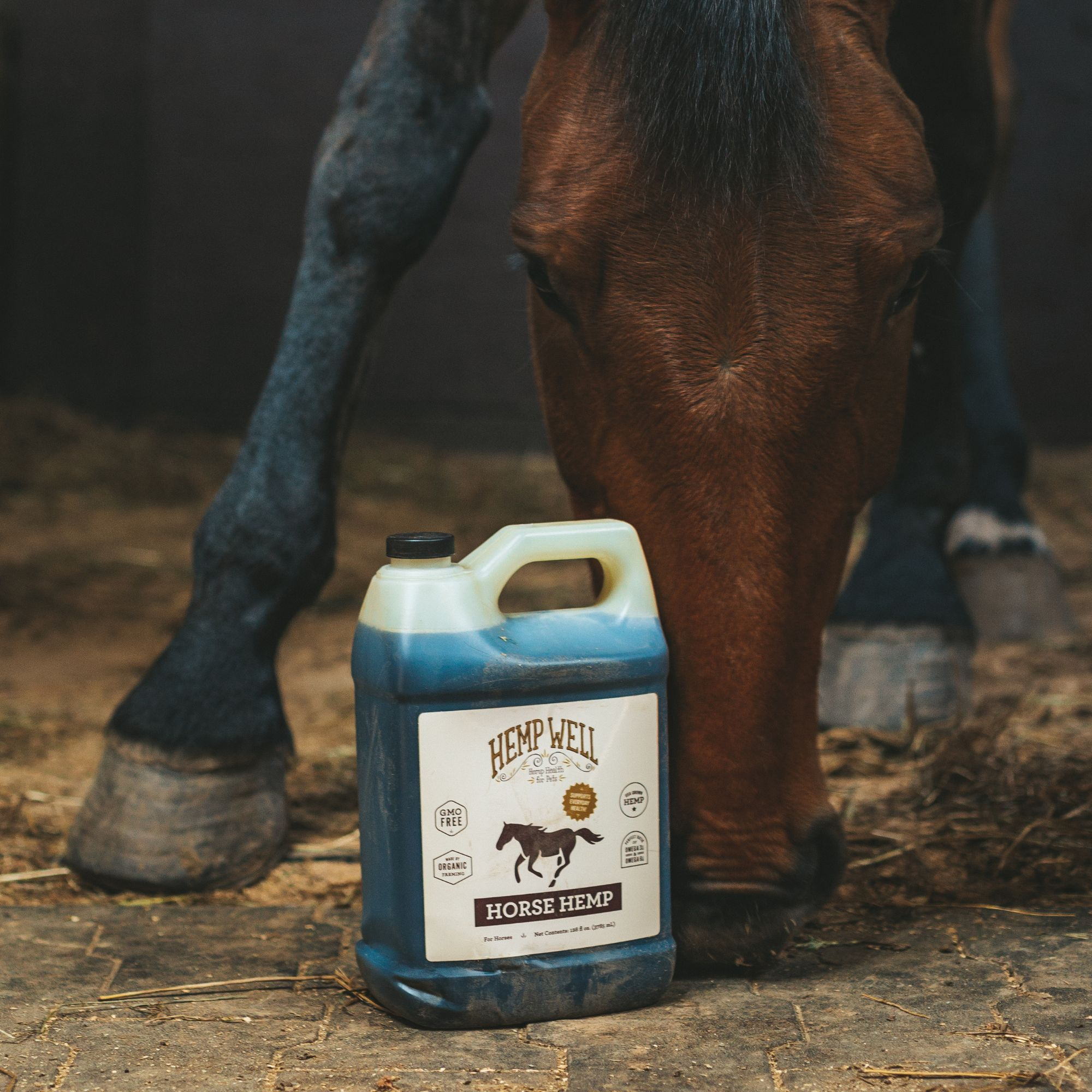Signs of heat stroke in dogs

As temperatures rise, so does the risk of heat stroke in dogs. Heat stroke is a serious and potentially life-threatening condition that occurs when a dog’s body temperature rises to dangerous levels. Understanding the signs of heat stroke and how to prevent it can help keep your furry friend safe and healthy. Here’s what every pet owner should know about recognizing and responding to heat stroke in dogs.
Understanding Heat Stroke
Heat stroke occurs when a dog’s body temperature exceeds its normal range, typically above 103°F (39.4°C). Dogs are particularly susceptible to heat stroke because they do not sweat like humans do; instead, they rely on panting to cool down. When the ambient temperature and humidity are too high, panting becomes ineffective, leading to overheating.
Key Signs of Heat Stroke in Dogs
-
Excessive Panting: One of the first and most obvious signs of heat stroke is excessive panting. If your dog is panting heavily and rapidly, especially when not exerting itself, this could indicate overheating.
-
Dehydration: Look for signs of dehydration such as dry nose and gums, thick saliva, and sunken eyes. Dogs suffering from heat stroke will often become dehydrated quickly.
-
Lethargy: A dog experiencing heat stroke may become unusually tired or lethargic. They may not respond to their name or usual commands and may appear weak or uncoordinated.
-
Vomiting and Diarrhea: Heat stroke can cause gastrointestinal upset, leading to vomiting and diarrhea. These symptoms can further exacerbate dehydration and worsen the dog’s condition.
-
Bright Red or Pale Gums: Check your dog’s gums. Bright red gums can indicate overheating, while pale or blue gums suggest a severe lack of oxygen and are a sign of a medical emergency.
-
Drooling: Excessive drooling is another common sign of heat stroke. The saliva may appear thick and sticky.
-
Collapse or Seizures: In extreme cases, a dog suffering from heat stroke may collapse, have seizures, or go into a coma. Immediate veterinary attention is crucial in such situations.
-
Increased Heart Rate: You may notice that your dog’s heart is beating faster than usual. An elevated heart rate is a sign that the body is working hard to cool down.
Preventing Heat Stroke
Preventing heat stroke in dogs involves being mindful of the environmental conditions and taking proactive measures:
- Avoid Heat Exposure: During hot weather, keep your dog indoors during peak temperatures, usually between 10 a.m. and 4 p.m. If they must be outside, ensure they have access to shade and fresh water.
- Never Leave Dogs in Cars: Never leave your dog in a parked car, even for a few minutes. Temperatures inside a car can rise rapidly and become lethal.
- Limit Exercise: On hot days, limit your dog’s exercise to early morning or late evening when temperatures are cooler.
- Provide Cooling Options: Offer cooling mats, fans, or a shallow kiddie pool for your dog to cool off. You can also use wet towels or pet-safe cooling vests.
- Hydrate: Always have fresh, cool water available for your dog to drink.
What to Do If Your Dog Shows Signs of Heat Stroke
If you suspect your dog is suffering from heat stroke, act quickly:
- Move to a Cool Area: Immediately move your dog to a shaded or air-conditioned area.
- Offer Water: Provide small amounts of cool water to drink, but do not force it.
- Cool Your Dog Down: Use cool (not cold) water to wet your dog’s body. You can place wet towels on their head, neck, and chest, or use a fan to increase air circulation.
- Monitor and Seek Veterinary Care: Monitor your dog’s condition closely. Even if they appear to recover, it’s crucial to seek veterinary care immediately, as heat stroke can cause internal damage not immediately apparent.
Conclusion
Heat stroke is a serious risk for dogs, especially during the warmer months. By recognizing the signs of heat stroke and taking preventative measures, you can help ensure your furry friend stays safe and healthy. Remember, when in doubt, always seek professional veterinary advice to address any concerns about your dog’s health.
Stay vigilant, keep your pet cool, and enjoy the summer safely with your beloved canine companion!










